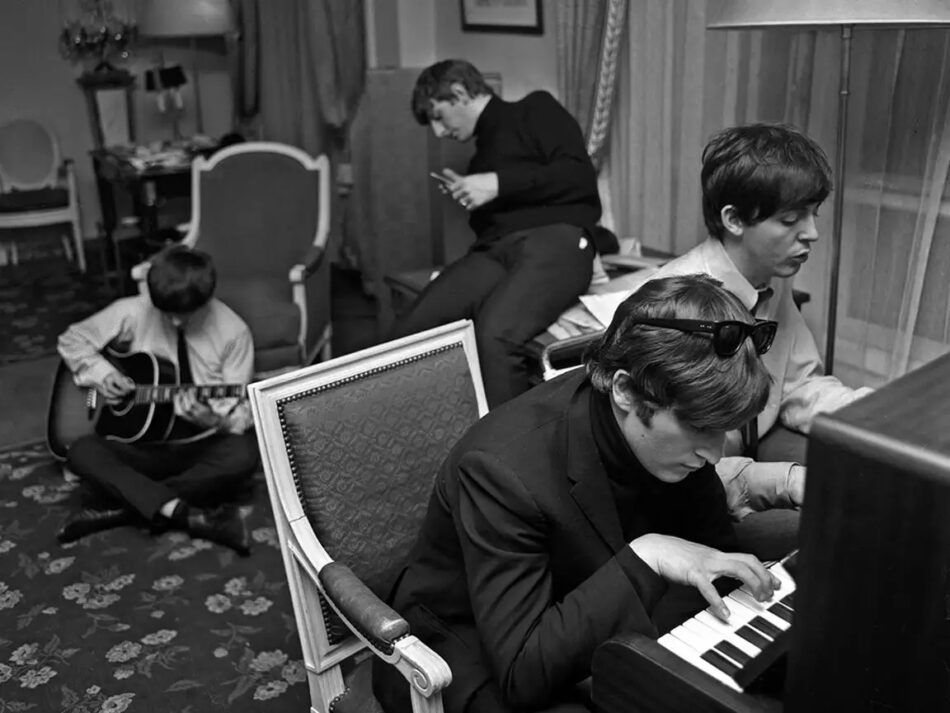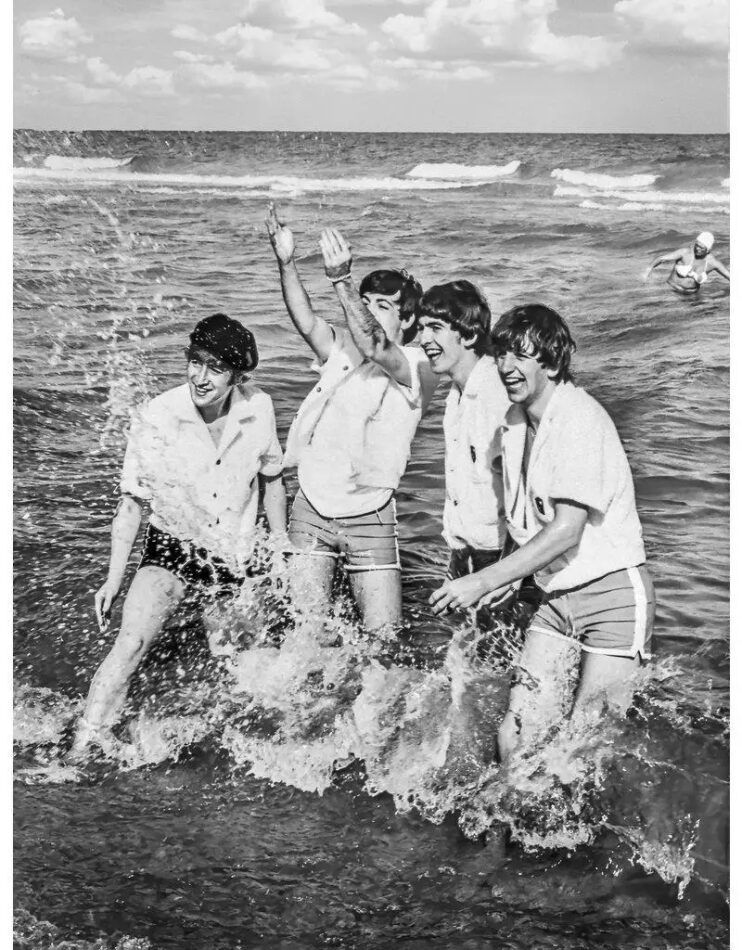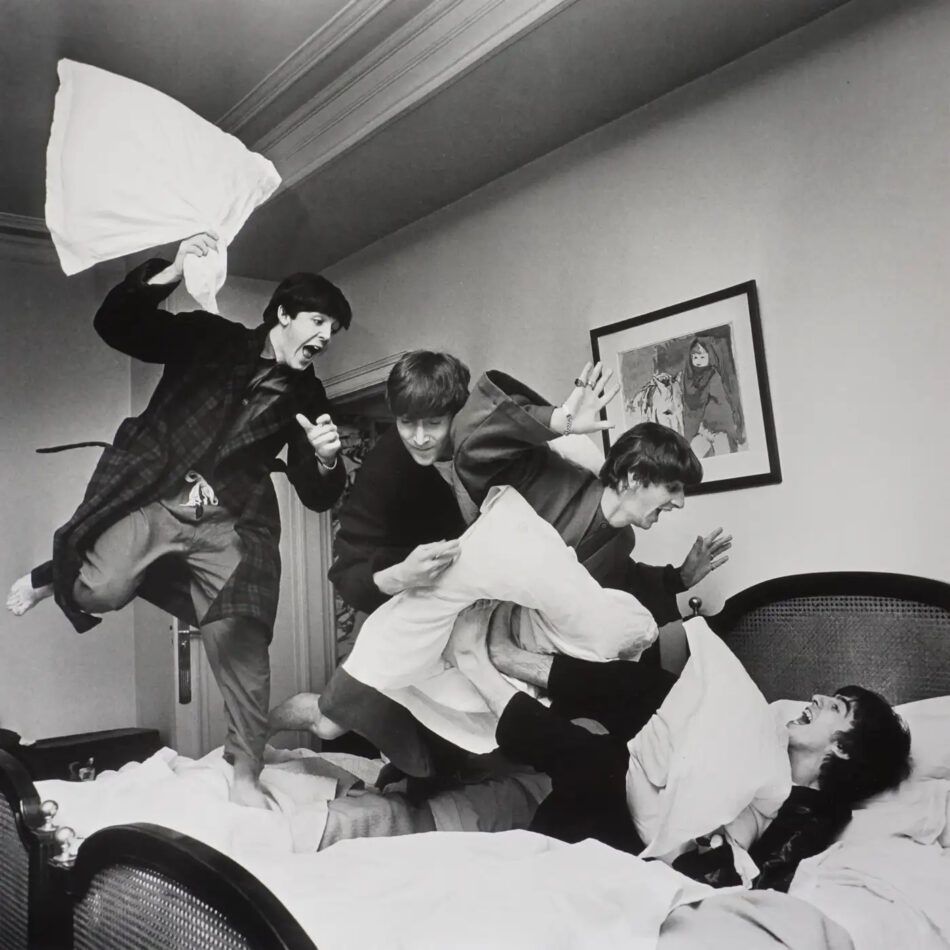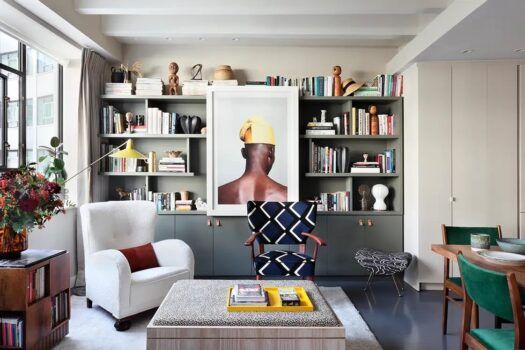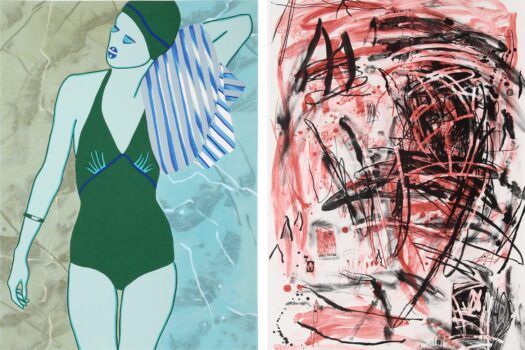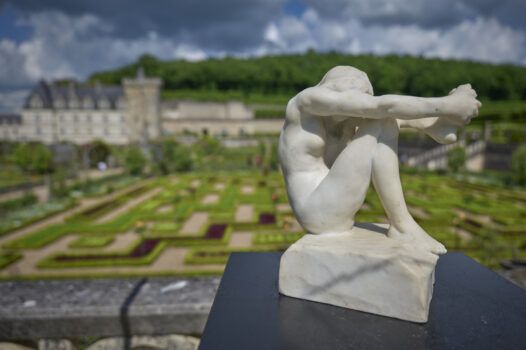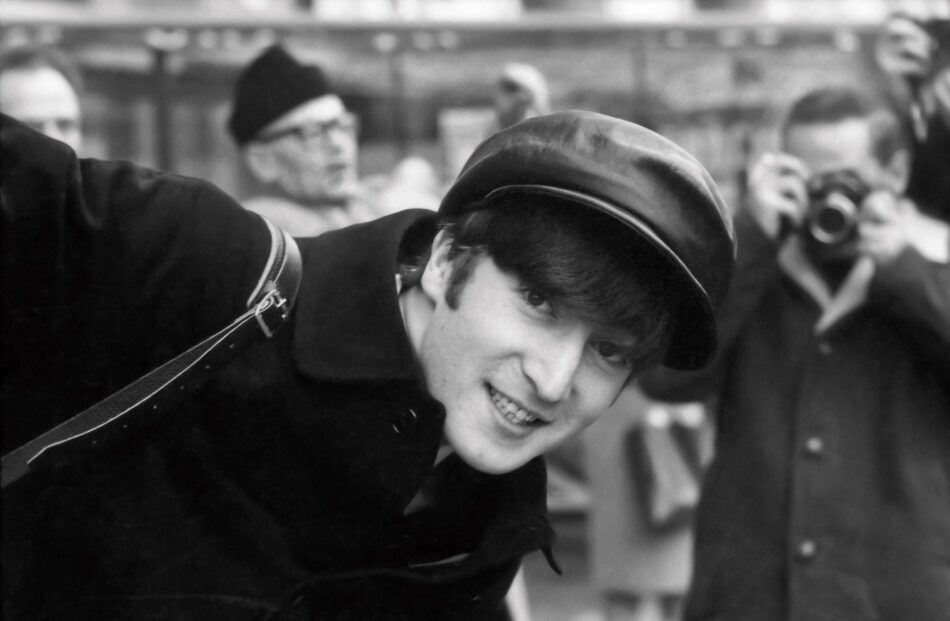
For four young chaps from Liverpool, the adoration was staggering. Crowds of screaming, quaking fans desperate to catch a glimpse — or better yet, a smile, an autograph, a lock of hair. And then, there was the press: photographers at every turn, jostling to capture visual evidence that the Beatles were as irresistible as the new sound they’d created.
As the tsunami of Beatlemania swelled, the world got to know the band through photographs of them, as the youthful Paul McCartney, John Lennon, Ringo Starr and George Harrison joyously hammed it up in shot after shot in their moptops, suits and fitted leather boots.

“They loved the camera, and the camera loved them,” says London-born, California-based photography dealer Peter Fetterman. “And as with a lot of great artists and performers, their image was created through the lens.”
What few know is that all the while, Paul McCartney was looking back through the lens of his own camera. In the fall of 1963, around the time “She Loves You” rocked the UK and the British press coined the term Beatlemania, McCartney acquired a Pentax 35mm. He carried it with him everywhere during the band’s first transatlantic tour, shooting hundreds of photos as they traveled from Liverpool to London and Paris and then on to the U.S. for their pivotal performance on the Ed Sullivan Show and concerts in New York; Washington, D.C.; and Miami.
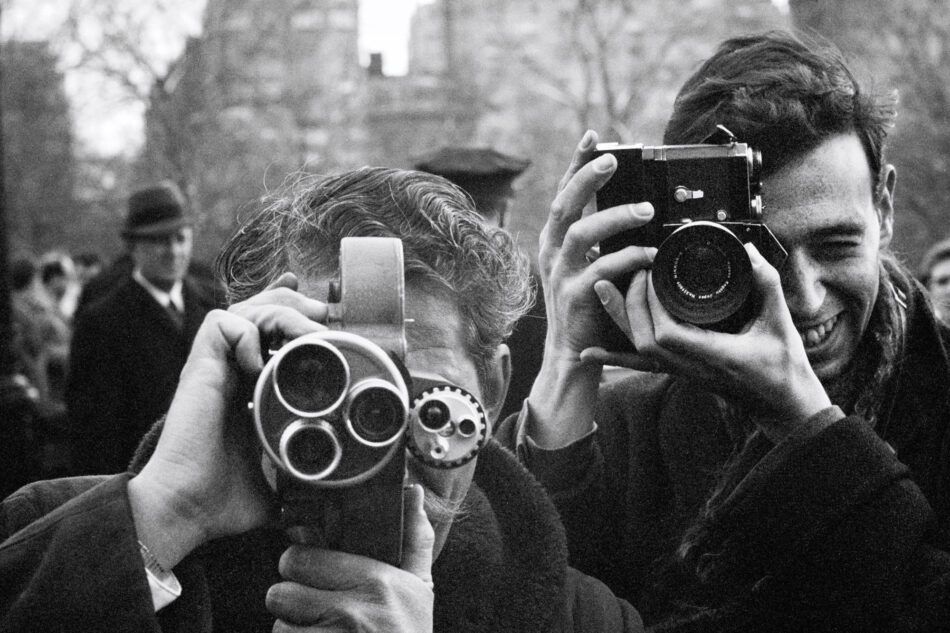
Squirreled away for six decades, his negatives and contact sheets were unearthed from his personal archive several years ago. More than 250 images from the trove are on view in the traveling exhibition “Paul McCartney Photographs 1963–64: Eyes of the Storm,” cocurated by McCartney; Rosie Broadley, of London’s National Portrait Gallery; and Sarah Brown, of McCartney’s archive (MPL Communications). The show recently landed at the Brooklyn Museum, where it’s on view through August 18.
McCartney shot dozens of tender candid portraits of his bandmates, friends, fellow musicians, girlfriends and roadies, as well as the legendary characters who helped catapult them to stardom, like manager Brian Epstein and producer George Martin. Most are in black and white, though he did use color for their sunny adventures in Miami.
He inevitably contrasts the quietness of passing time backstage and inside hotel rooms, cars, buses and airplanes with the noise of fans, press, police, laborers and life transpiring outside in street scenes and cityscapes. The photos are a fascinating visual diary of their introduction to America and transformation from anxious hopefuls into cool, confident superstars. But they’re also evidence of a multitalented and curious artist with an incessant drive to create, patiently mastering yet another craft.
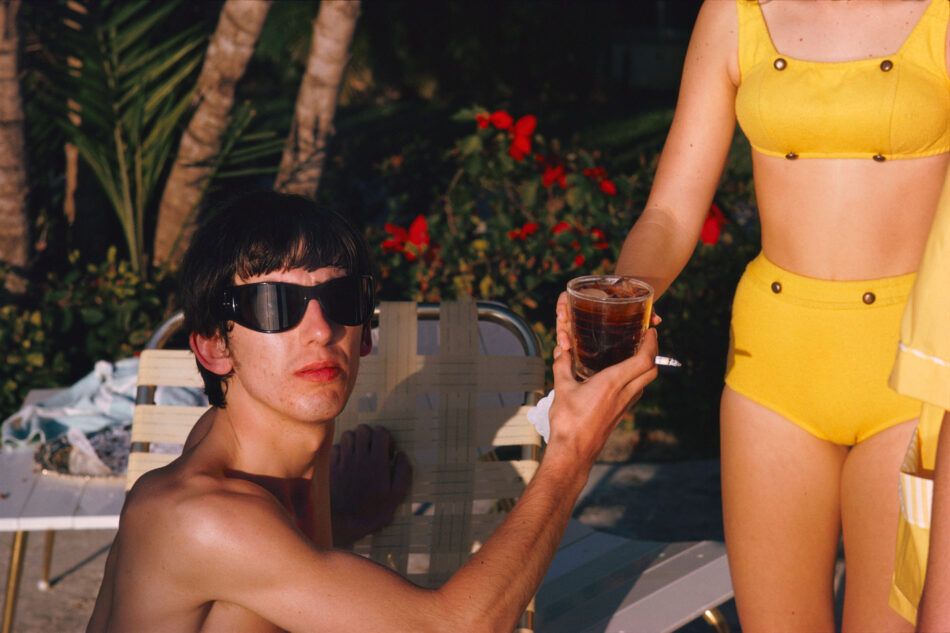
“I wasn’t taking photos with the goal of them ending up anywhere,” McCartney writes in the exhibition catalogue (a must-have for any Beatles fan). “It was simply another avenue to explore in art, and the photographs were just for me, though I’d show them to a few friends and family and maybe make a print for somebody.”
McCartney learned about composition and form by looking at modern art, he explains. But as curator Broadley writes in the catalogue, his images were also heavily influenced by the new technology of the point-and-shoot camera — which enabled “the development of a ‘snapshot’ aesthetic that embraced imperfections” — as well as the look of French New Wave cinema of the late 1950s early 1960s.
Even more important, perhaps, was the enduring presence of photographers in the band’s orbit during these years. “We were with photographers so often we learnt their tricks along the way,” writes McCartney. “We were working with people like Dezo Hoffmann and Norman Parkinson. Parkinson used to line us up and get us to ‘pull eyes.’ You can see how wide our eyes are on some of his portraits of us.”
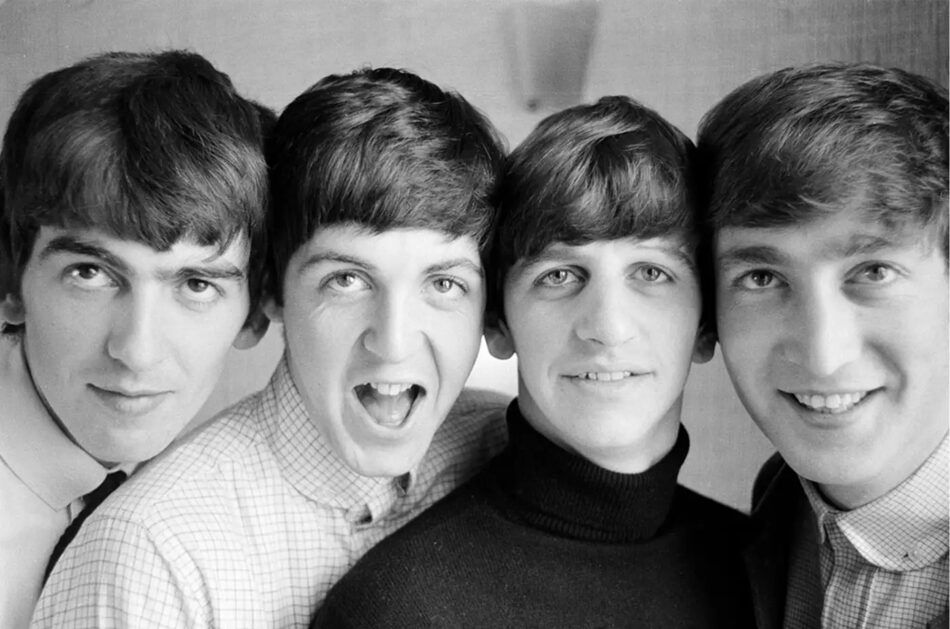
McCartney often turned his lens on the photographers, and we see anonymous photojournalists in nearly every crowd. But he also records intimate moments with now-famous photographers who grew close to the band while on assignment, like Robert Freeman, who helped shape their image through his artistic covers for Meet the Beatles and Rubber Soul; and Harry Benson, who captured them composing music in their hotel room, sipping tea and in numerous other situations behind the scenes.
It was an extraordinarily different time for photography, not least because rock stars allowed photographers into their personal spaces. “Back in the day, photographers had access that isn’t given these days. Everything is so controlled now,” says Steven Walker, founder of Modern Rocks photography gallery, in Austin, Texas, and former guitarist for the band Modern English. “If someone goes to photograph Taylor Swift, they go to a hotel room, they get her for three minutes, and they’re not allowed to ask any questions, get any stories. There are great rock-and-roll stories that go with images from the 1960s and ’70s.”
One of those stories comes across in Benson’s famous photo of the Fab Four pillow fighting in Paris in early 1964 during the band’s three-week residency at the Olympia theater. They had just learned that “I Want to Hold Your Hand” had landed in the number-one spot in the U.S. charts and that they’d be traveling there for the Ed Sullivan Show. “We ran around the hotel room and screamed and danced,” recalls McCartney. “We got our visas, we got our stuff, and a few days later I was landing in the U.S. for the first time, camera in tow.”
The photo crystalizes one of the most pivotal moments for the Beatles, when they stopped worrying about their staying power and leaped into the frenzy of global celebrity.
“It sounds like a lot to put on the shoulders of four lads in their early twenties, but in reality we were just wisecracking guys and we had fun with each other whatever we did and wherever we went,” writes McCartney. “I think this comes across in my photos.”
